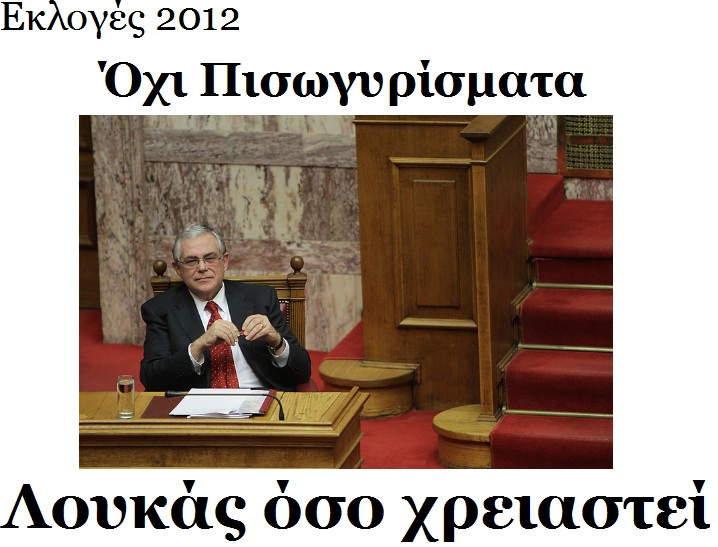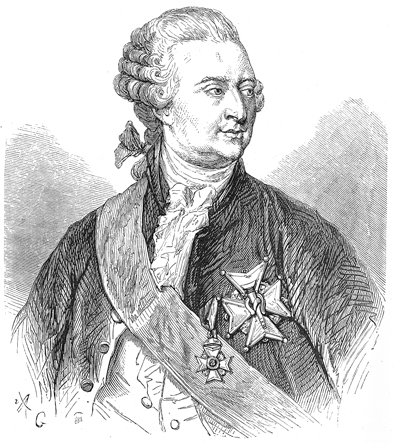<Back to Index>
- Entomologist Charles De Geer, 1720
- Composer Charles Martin Loeffler, 1861
- 32nd President of the United States Franklin Delano Roosevelt, 1882
PAGE SPONSOR


Baron Charles de Geer (the family is usually known as De Geer with a capitalized "De"; Finspång in Risinge 30 January 1720 – Stockholm 7 March 1778) was a Swedish industrialist and entomologist.
De Geer, who came from a family with strong Dutch connections, grew up in Utrecht from the age of three but returned to Sweden as a young man. He inherited the entailed manor and important iron works of Leufsta (Lövsta) in Uppland from his childless uncle and namesake and substantially increased the wealth of the estate.
Ever since he had received a present of some silk worms at the age of eight, he had an interest in entomology and became a respected amateur entomologist at an early age. His major work was the Mémoires pour servir à l'histoire des insectes (eight volumes, 1752 - 1778). He was elected a member of the Royal Swedish Academy of Sciences already in 1739, at the age of nineteen, and a corresponding member of the French Academy of Sciences in 1748.
He is buried with his spouse in Uppsala Cathedral. His collections of insects were donated to the Academy of Sciences and now belong to the Swedish Museum of Natural History in Stockholm. He left a library at Leufsta which, among other things, included the papers of Olaus Rudbeck and an important collection of 18th century sheet music. The Leufsta library was acquired by Uppsala University Library in 1986 after a donation by Katarina Crafoord (one of the daughters of Holger Crafoord, the founder of Gambro).
De Geer was a great admirer of Réaumur. Hence his modelling Mémoires pour servir à l'histoire des insectes on Réaumur’s work of the same title. It, too, is in French, similarly in large quarto and with the same decorations. The Mémoires deal with 1,466 species, treating life histories, food and reproduction based on careful, patient investigation and analysis of existing literature. There are 238 copper plates. The descriptions are acutely observed.
In nomenclature de Geer was less progressive; Volume 1 of the Mémoires (1752) was too early to employ the binomial system invented by his fellow Swede Linnaeus. Volume 2 (1771) does not use it, and in Volume 3 (1773) the system is only partially employed. Here the specific name is placed in square brackets and is followed by a long diagnosis in the older style. He also changed many of Linnaeus' names. It seems that this was a concession to usage as in the 1760s and 1770s the Linnean system became increasingly employed, not because de Geer liked the new system. They had differences "not everyone sees things in the same light, and people have the weakness of frequently being too fond of their own opinions" (letter to Linnaeus 16 October, 1772) and "if here and there I am still of a different opinion, I am now, as before, asking you not to take it amiss" (letter to Linnaeus 23 February 1774).